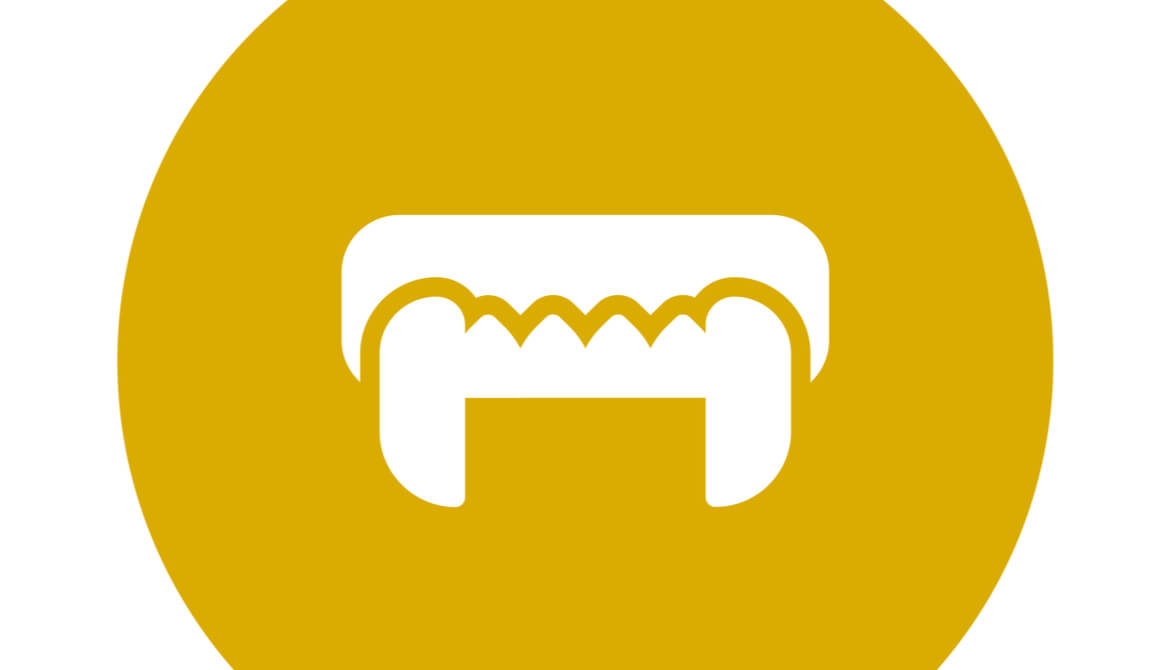3 minutes
Deregulation removes specter of new regulations governing overdraft protection.
With Trump-appointed deregulators now in charge of the Consumer Financial Protection Bureau, the specter of new regulations governing overdraft practices and fees has been lifted, at least temporarily.
CFPB is at a fork in the road and less likely to further restrict credit union overdraft programs, at least in the immediate future, observes Brian Witt, senior partner in the Farleigh Wada Witt law firm, Portland, Ore.
“They’re likely to put a freeze on any new regulations for the next six to nine months, until they see what the new director’s priorities are,” he says. “That should bring credit unions and banks short-term relief from any potential new regulation.”
The threat of heavy-handed overdraft regulation by CFPB was receding even before an anti-regulation acting director took over, he notes; CFPB’s own research study showed little need for more restrictions.
“They found that only 9 percent of consumers had more than 10 overdrafts in a year,” he notes, “and 30 percent of these repeat overdrafters opted in for protection, more than the general population. CFPB’s study data supports the credit union contention that members understand overdrafts and make informed decisions about using them.”
CUES member Brian Berrett, CFO of $3.5 billion Idaho Central Credit Union, Chubbuck, is hopeful that credit unions will hear less from CFPB under the new administration.
“We had a conversation with CFPB a few years ago,” he recalls, “and weren’t happy with the way it went. Credit unions generally and Idaho Central in particular are consumer protectors. We don’t need an outside enforcer.”
Credit unions should continue to do what they’re doing and comply with all existing regulation, Witt advises, but hold off on future changes to regulatory compliance around their programs until the dust settles. Banks and credit unions to a lesser degree may now be out of CFPB’s crosshairs, but they’re still very much in the crosshairs of litigation-minded lawyers looking for class-action lawsuits, he points out.
Litigation these days is rarely about prices or allegedly abusive practices like gaming the posting order of payments to increase overdraft charges. Instead, it’s all about whether disclosure has been adequate and whether practice conforms to disclosure.
“They’re looking for technical flaws,” he notes. “There’s a lot of liability risk if the disclosures and practices are not done correctly.”
In addition, CFPB recently issued new model overdraft disclosures, Witt reports. The agency is trying to improve its existing overdraft disclosures, but at this point they are only in a test phase and don’t provide a safe harbor for financial institutions that use the forms, he explains.
According to Michael Moebs, head of the economic research firm Moebs $ervices, Lake Forest, Ill., CFPB is starting a Trump-led rebalancing that will put more weight on protecting financial institutions and less weight on protecting consumers.
“The landscape is changing, but I don’t think CFPB will go away or shelve their overdraft projects,” he says. “I hope they don’t. Bank and credit unions overdrafts combined with payday loans are a $50 billion plus business used by more than 43 million Americans. It would be a mistake not to pay attention to those practices.”
Richard H. Gamble is a freelance writer based in Colorado.





